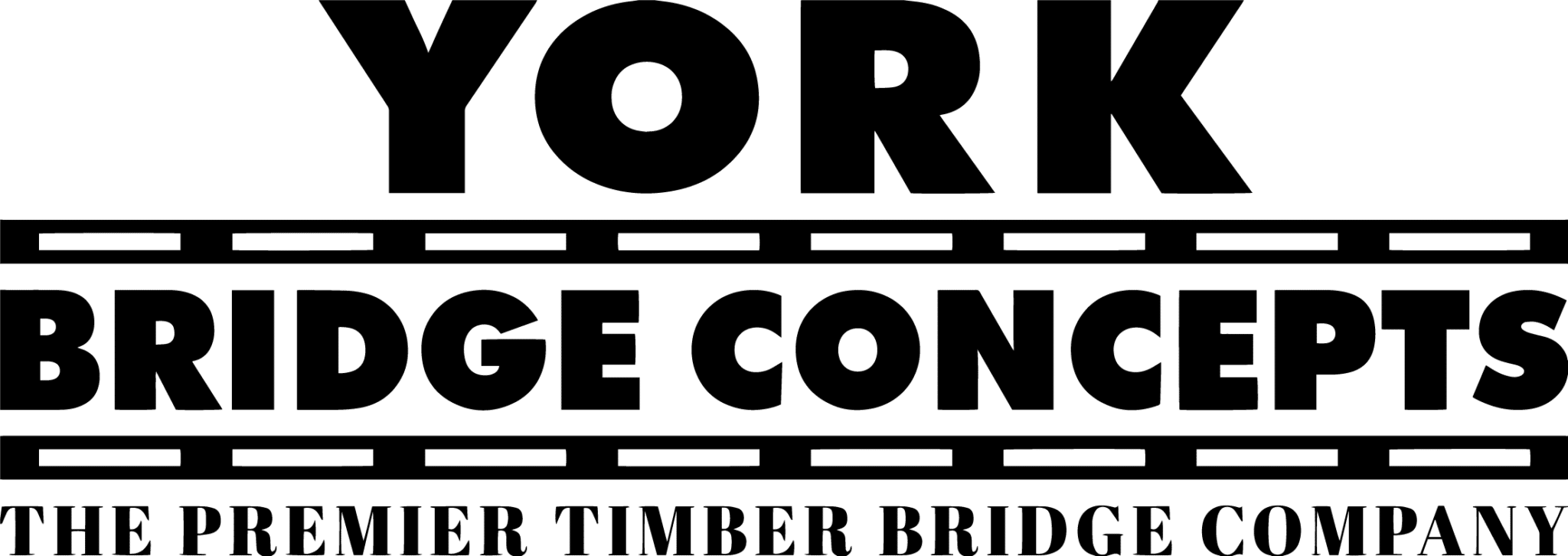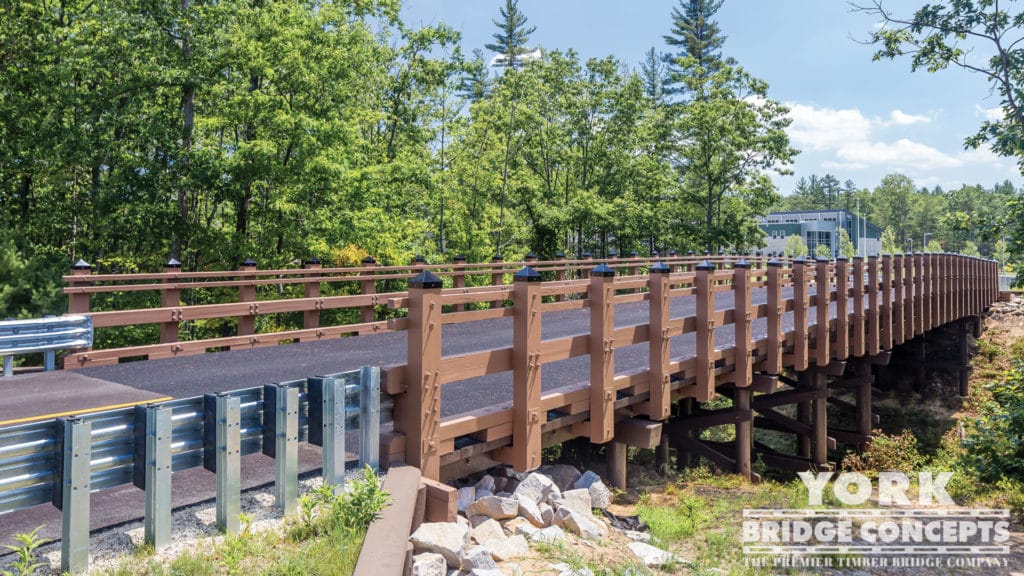Building A Vehicular Bridge with Purpose In New Hampshire
York Bridge Concepts™ (YBC) is proud to have designed and built a vital structure at the heart of the Regional Training Institute (RTI). Nestled within this campus, the bridge isn't merely a crossing point; it’s a symbol of connection, resilience, and durability—qualities central to the National Guard's ethos. As a premier training facility, the RTI's mission is straightforward but immense: to train and prepare members of the Guard for challenges they may face, both at home and abroad. Every aspect of the RTI campus reflects this mission, from state-of-the-art training fields to barracks that house visiting Guard members. The bridge itself serves as a functional and symbolic extension of this mission.
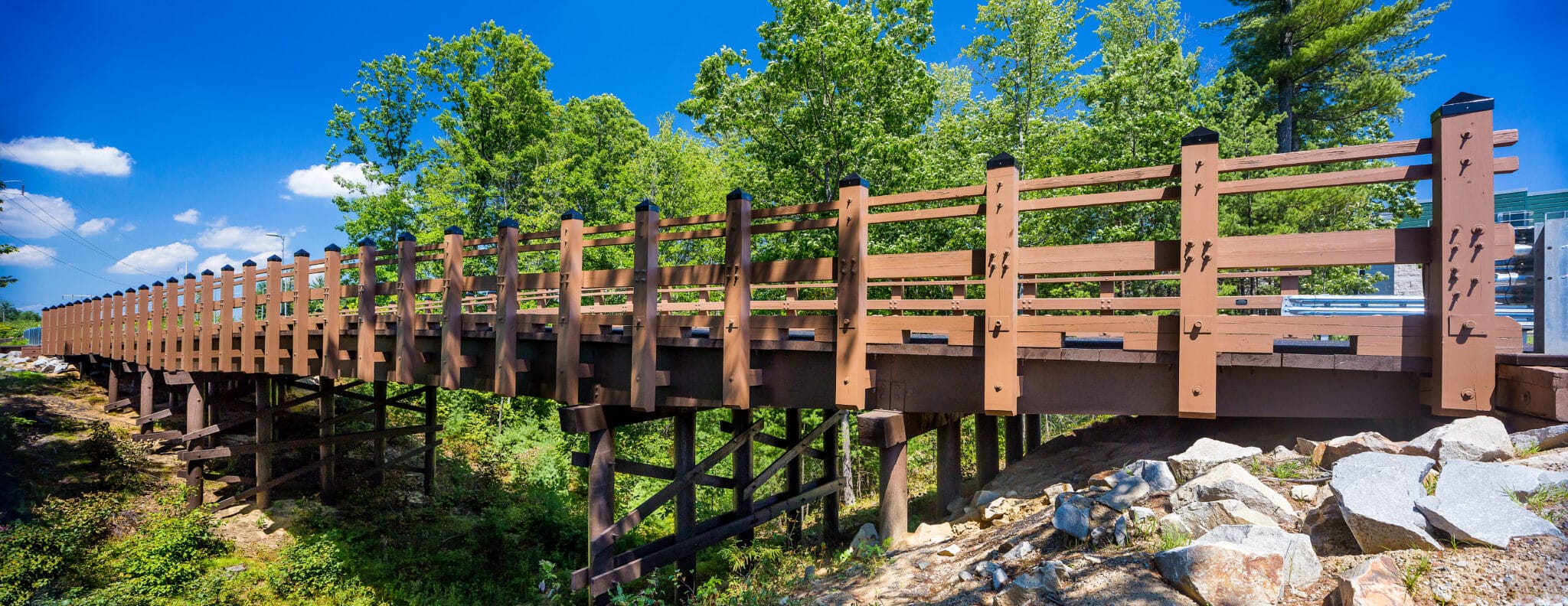
Specifications
- Width:
- 26’ (24’ Clear)
- Length:
- 150’
- Height:
- 26’ above grade
- Capacity:
- HS20-44
- Construction:
- Deck Level
- Span Type:
- Multiple Span
- Span Lengths:
- (1) 60’ Free Span (6) 15’ Pile Supports
- Material:
- CCA/CA-C Treated Southern Yellow Pine (FSC Certified)
- Foundation:
- Timber Piles & Abutments (Acrylic/Polymer Coated where exposed)
- Stringers:
- SYP Rough Sawn Timber & Glulam Stringers (Acrylic/Polymer Coated where exposed)
- Deck System:
- 5 ½” Double Timber Deck
- Guard Rail:
- Decero™ Classic Design Series
- Crossing:
- Ravine
Matt Walsh, Assistant Superintendent,"Sometimes in the field we get to implement and see the tangible aspects of a whole lot that’s happened behind the scenes for many months. As with most successful projects, RTI had a whole team of people who contributed to the effort. The attention to detail is refreshing, particularly in an industry where it seems to be becoming harder and harder to find. York’s attention to detail is appreciated, even down to the logo of the bolts facing the same direction. We noticed and love the bridge. Congratulations on a job well done and on finishing ahead of schedule."
Eckman Construction
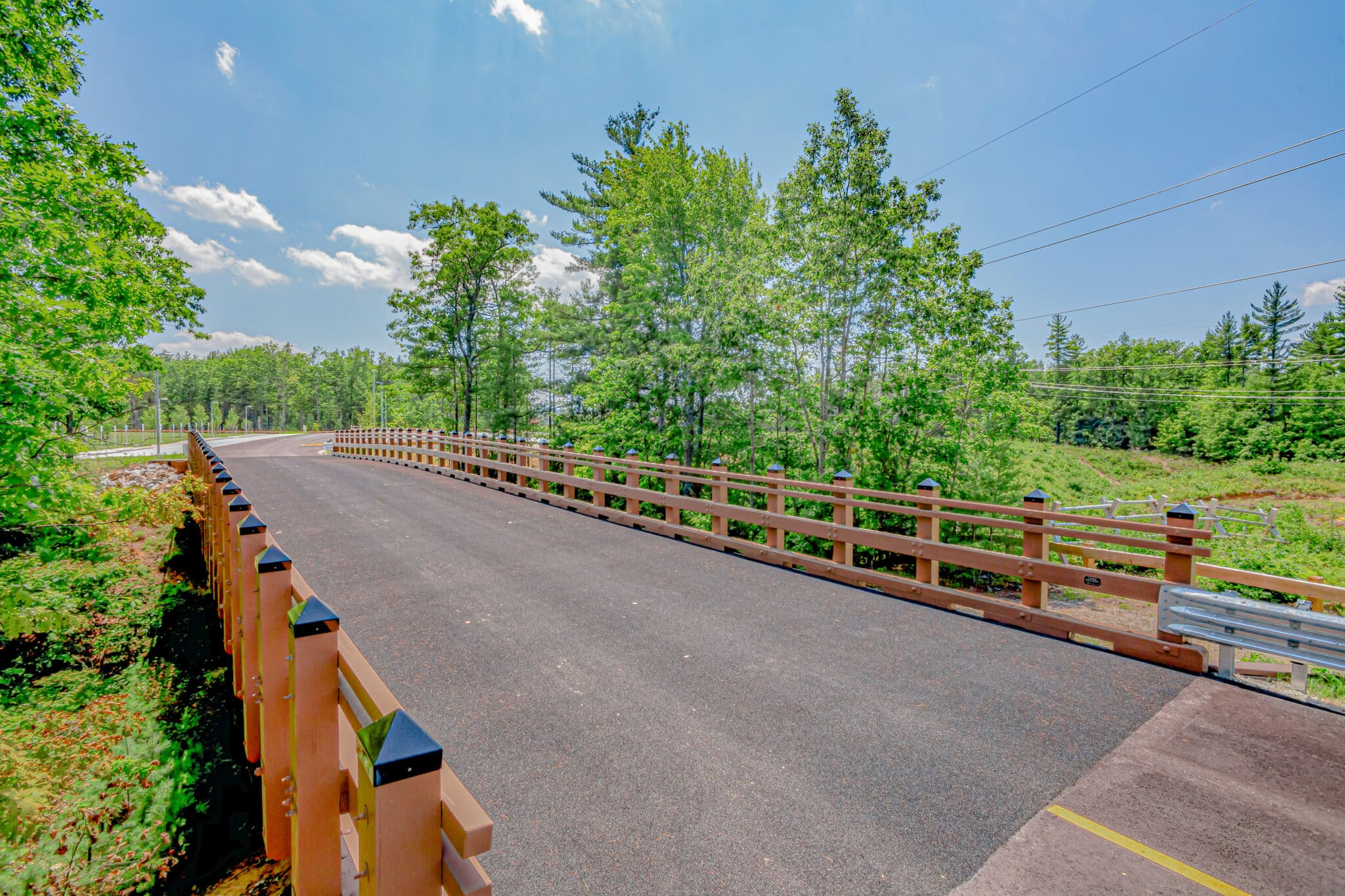
RTI Campus and Its Need for a Timber Vehicular Bridge
The Regional Training Institute (RTI) campus is a world unto itself, dedicated to the rigorous training and readiness of National Guard members. Spanning acres of natural terrain, the campus is equipped with barracks, training facilities, tactical obstacle courses, and various other high-intensity training zones. Designed to simulate real-world environments, it’s a place where preparation meets practice. Every corner of RTI is crafted to reflect the complexity of challenges the Guard faces, from navigating difficult terrains to coordinating movement across diverse landscapes.
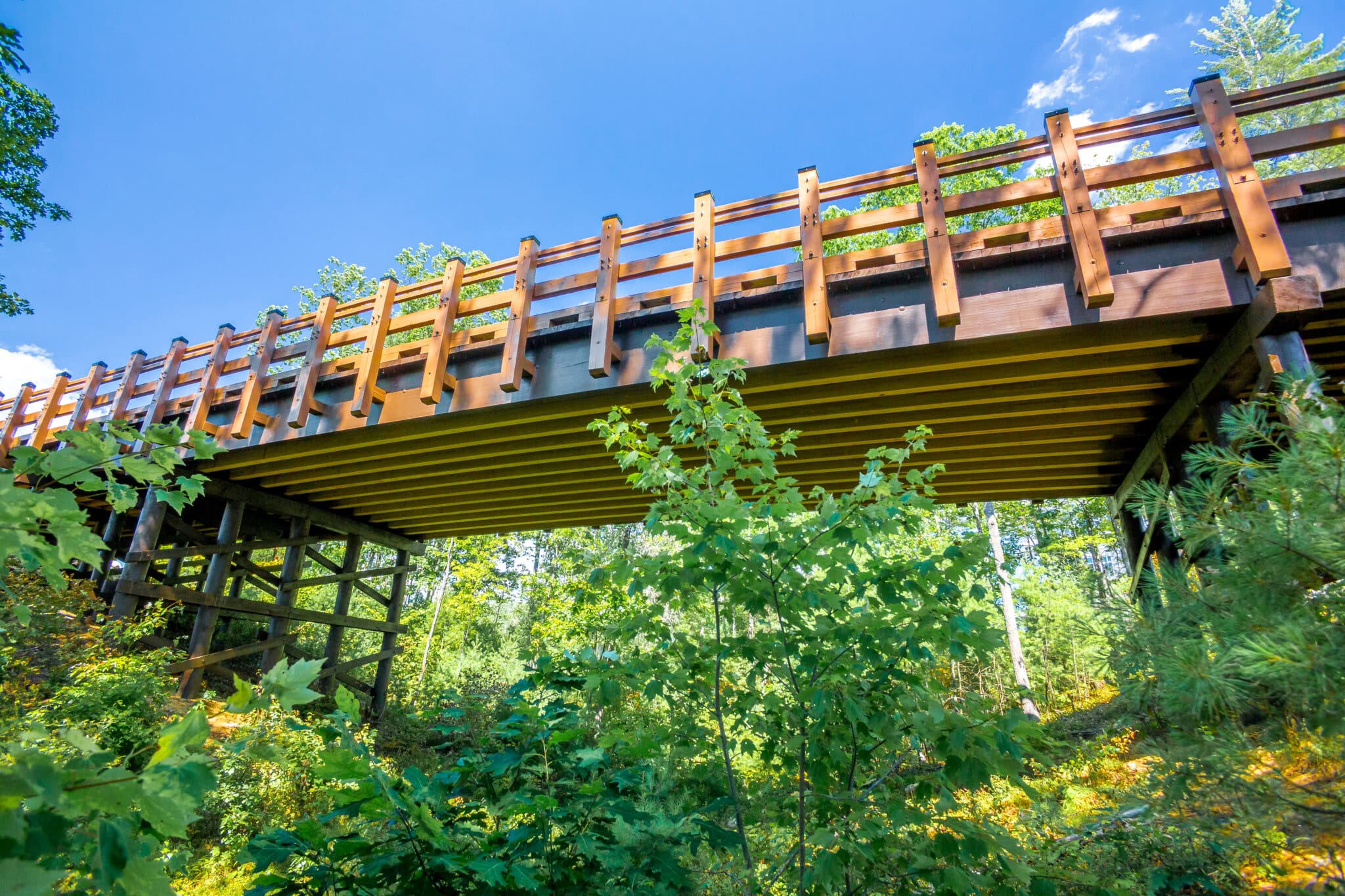
However, RTI’s unique landscape presents logistical challenges that require efficient solutions. A ravine, carving its way through the middle of the campus, divides critical areas—training grounds on one side and barracks on the other. For an organization where every second counts, crossing the ravine without a reliable bridge would be a significant hurdle. Additionally, the bridge needed to withstand the weight of heavy vehicles, allowing trucks and other large equipment to move safely across, meeting the demands of an active training ground.
York Bridge Concepts™ was tasked with creating a bridge that would meet these logistical needs while fitting the natural aesthetic of the landscape. This wasn’t just about bridging a gap; it was about building a structure that would blend strength, functionality, and the beauty of sustainable timber materials. YBC’s solution would allow the campus to retain its natural charm without sacrificing the practical demands of a military training environment.
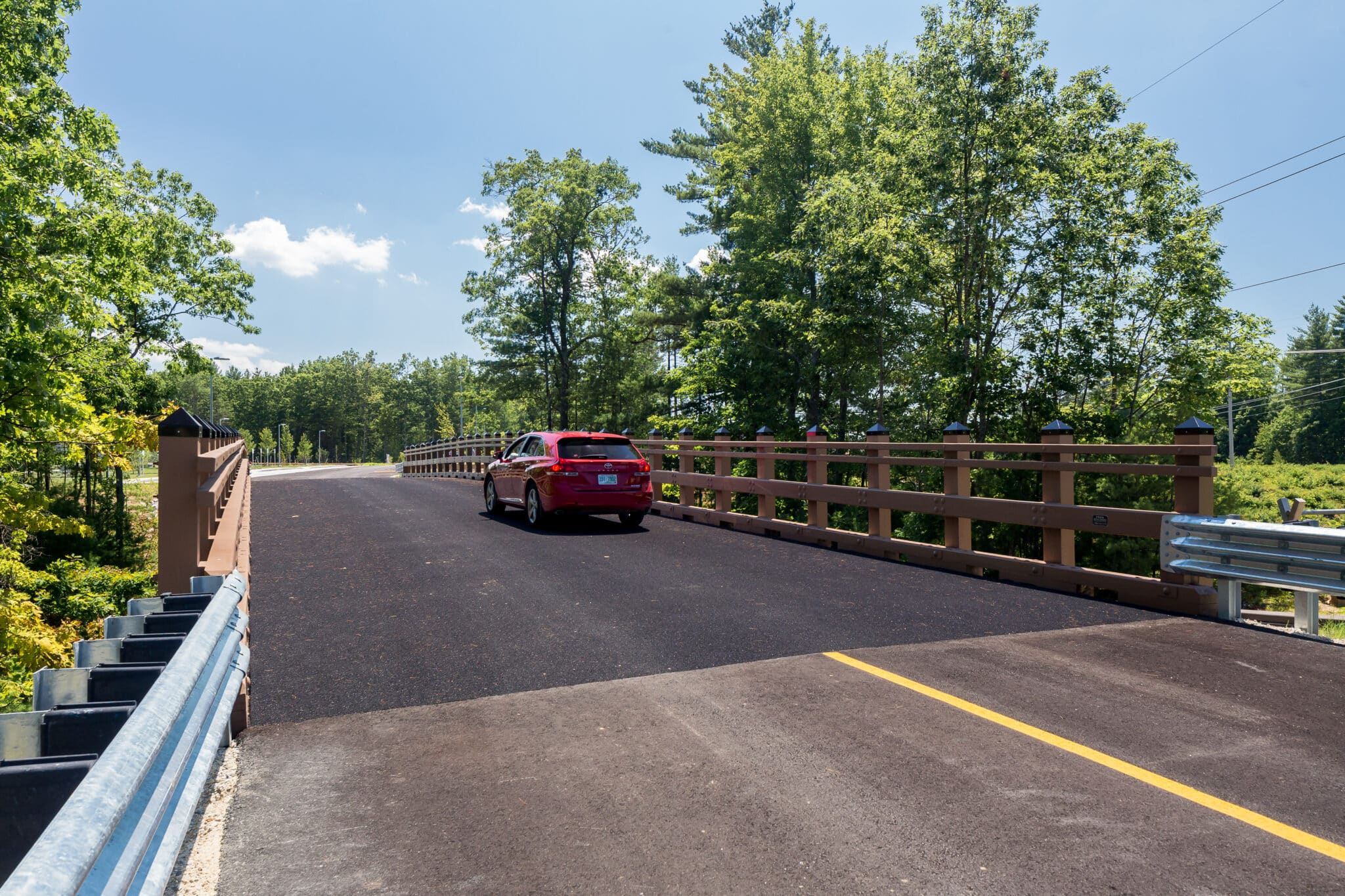
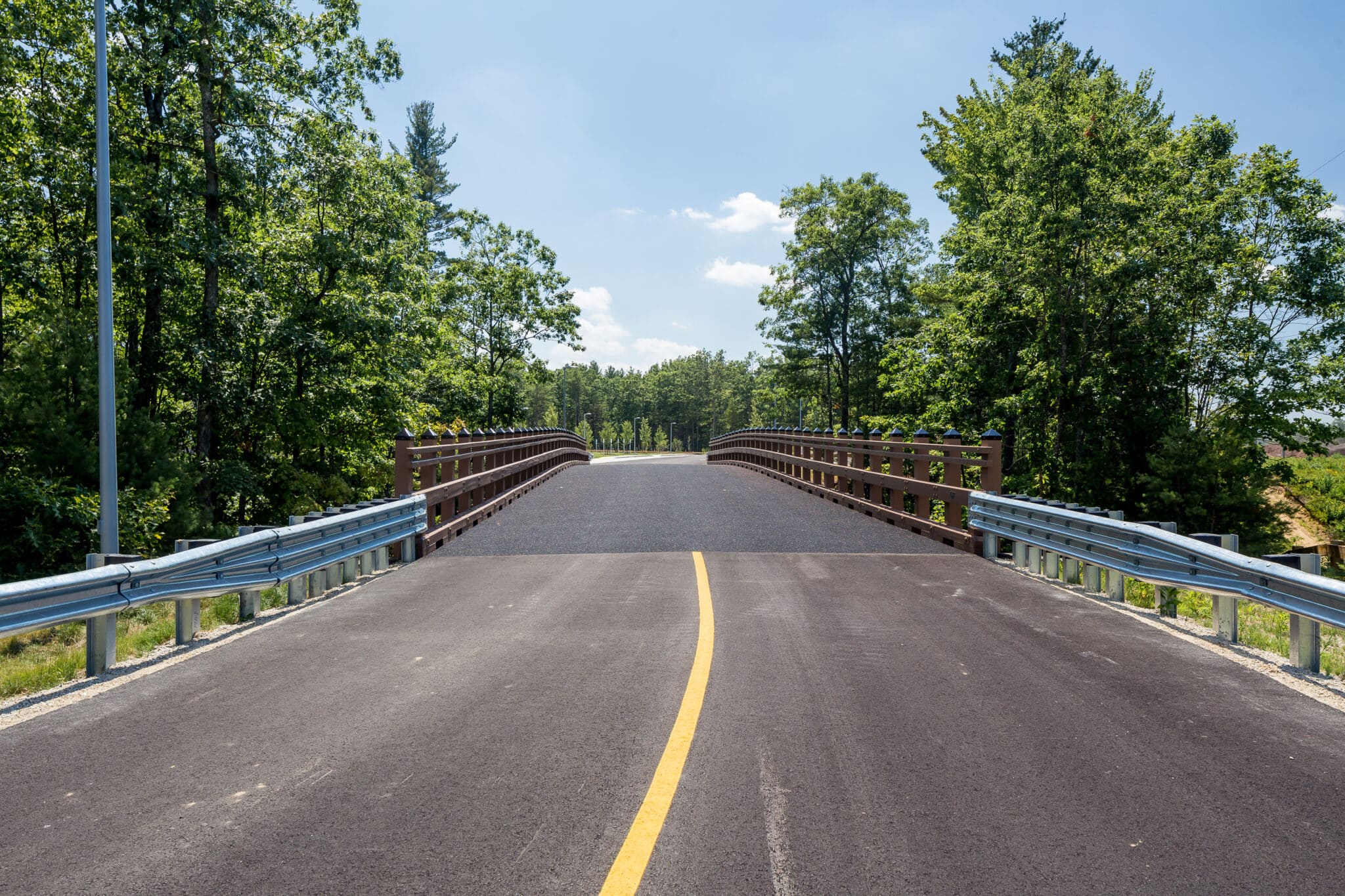
The vision was clear: create a bridge that facilitates the movement of the Guard’s men and materials, honors the environment, and symbolizes the resilient spirit of those who train and serve there. From this vision came a bridge that would not only connect two sides of a ravine but also represent the bond between tradition and innovation—an essential value shared by both YBC and the National Guard.
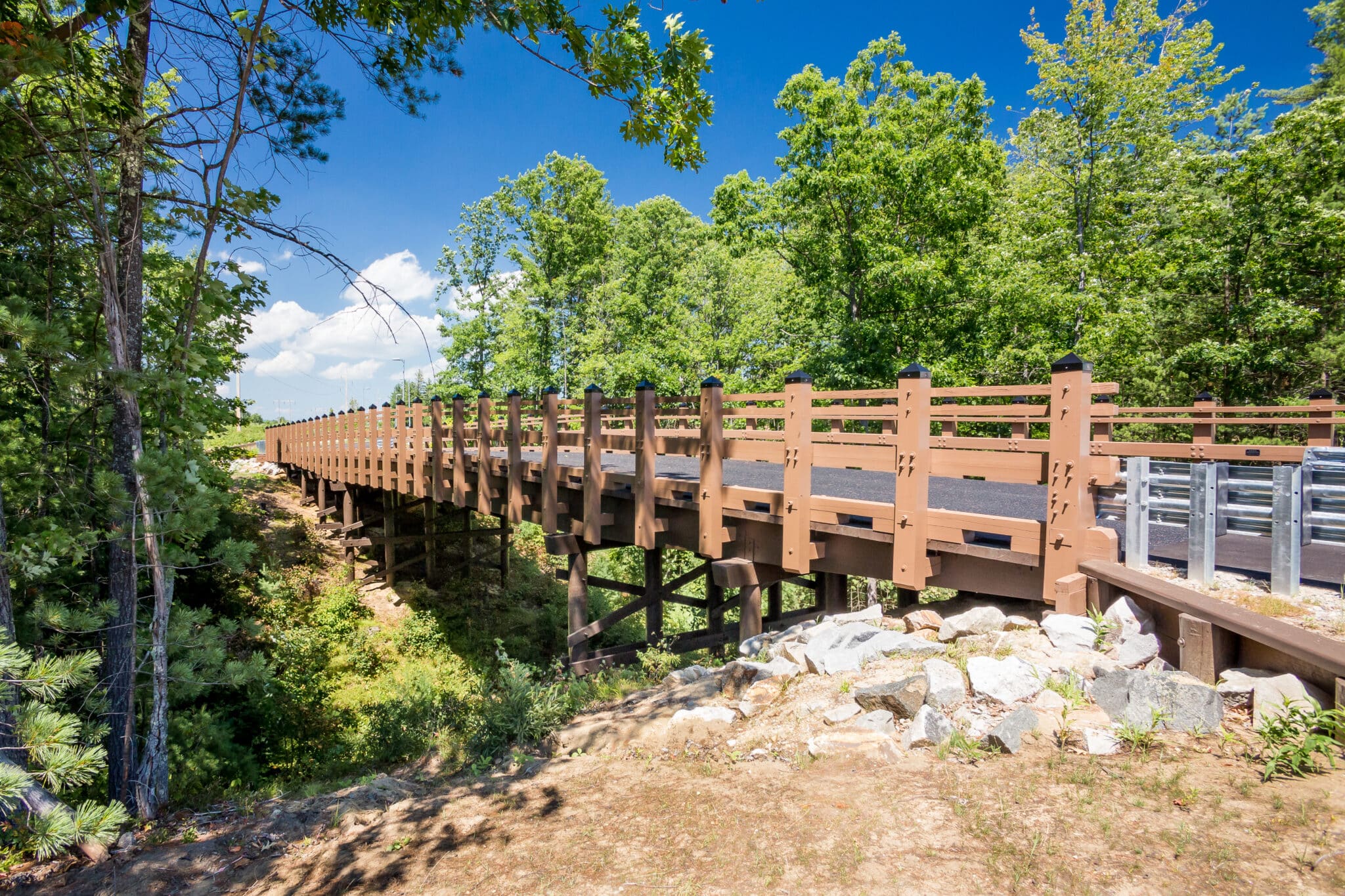
Designing for Strength and Aesthetics: A YBC Specialization
At York Bridge Concepts™, every bridge design is an exploration of harmony between function and form. When designing for RTI, YBC understood that the bridge would need to be more than just a structure—it had to embody the strength and resilience that the National Guard represents while also maintaining a natural aesthetic to blend seamlessly with RTI’s expansive training grounds. Timber was the perfect choice for this balance, offering not only strength but also a timeless beauty that no other material could match.
The bridge’s structure includes two twelve-foot-wide traffic lanes, providing ample space for vehicles of various sizes to cross safely. At the heart of the design lies the bridge’s impressive 60-foot span over the ravine, an achievement in engineering that allowed YBC to create an unobtrusive yet functional crossing. This span required meticulous planning and expertise, ensuring that the bridge would meet the rigorous standards needed to support both everyday traffic and the heavier equipment used in Guard training exercises.
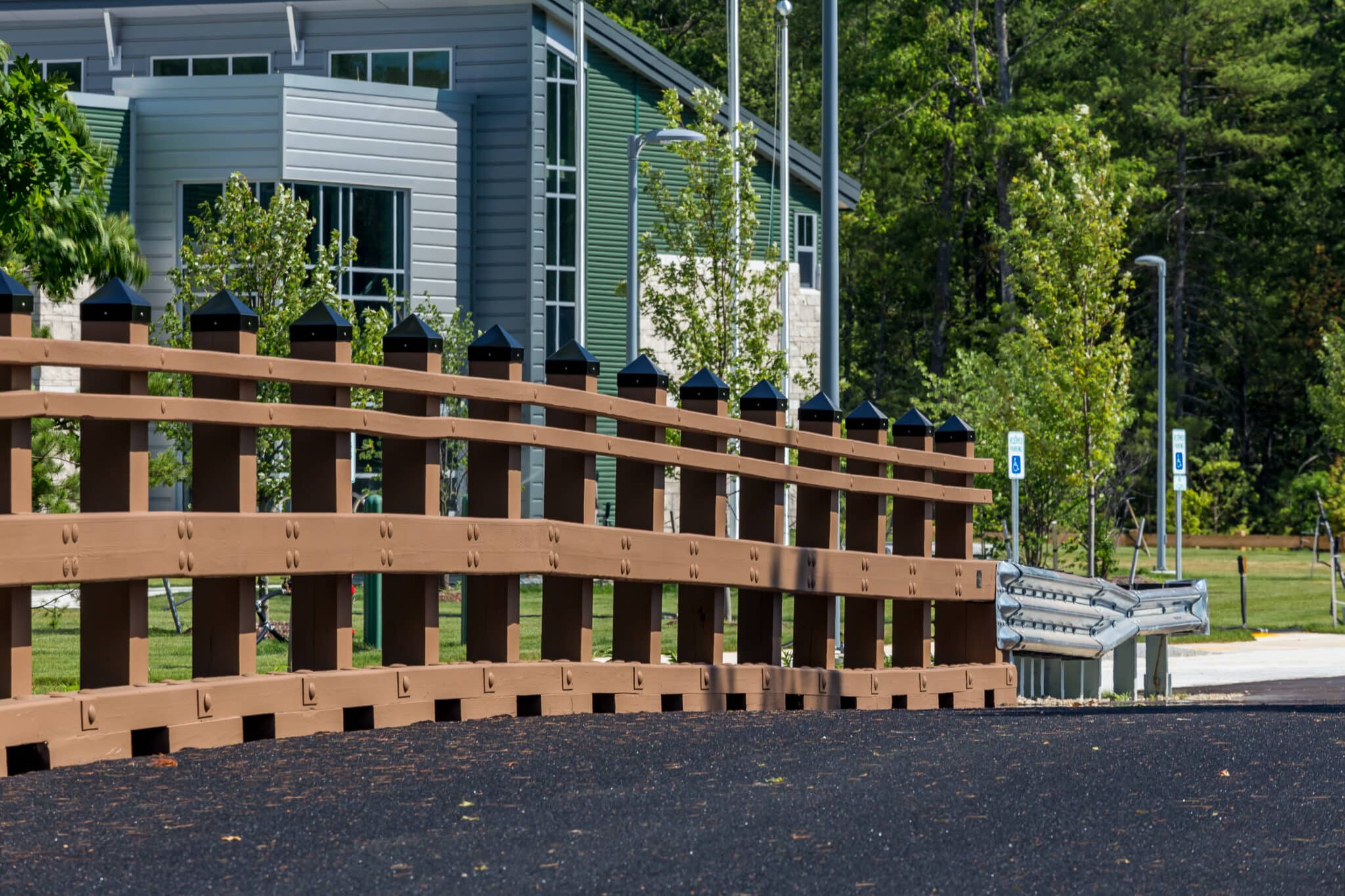
One of the standout features of the bridge is its centerline crown, an innovative design that maximizes durability and safety. The slight curve along the bridge’s length acts as a natural drainage system, allowing rainwater to run off efficiently without pooling. This not only helps prevent deterioration of the timber but also ensures that vehicles can cross safely even during wet conditions. The combination of practical features like the centerline crown with the bridge’s robust design emphasizes YBC’s unique approach: creating structures that don’t just serve a purpose but do so with elegance and longevity.
One of the standout features of the bridge is its centerline crown, an innovative design that maximizes durability and safety. The slight curve along the bridge’s length acts as a natural drainage system, allowing rainwater to run off efficiently without pooling. This not only helps prevent deterioration of the timber but also ensures that vehicles can cross safely even during wet conditions. The combination of practical features like the centerline crown with the bridge’s robust design emphasizes YBC’s unique approach: creating structures that don’t just serve a purpose but do so with elegance and longevity.
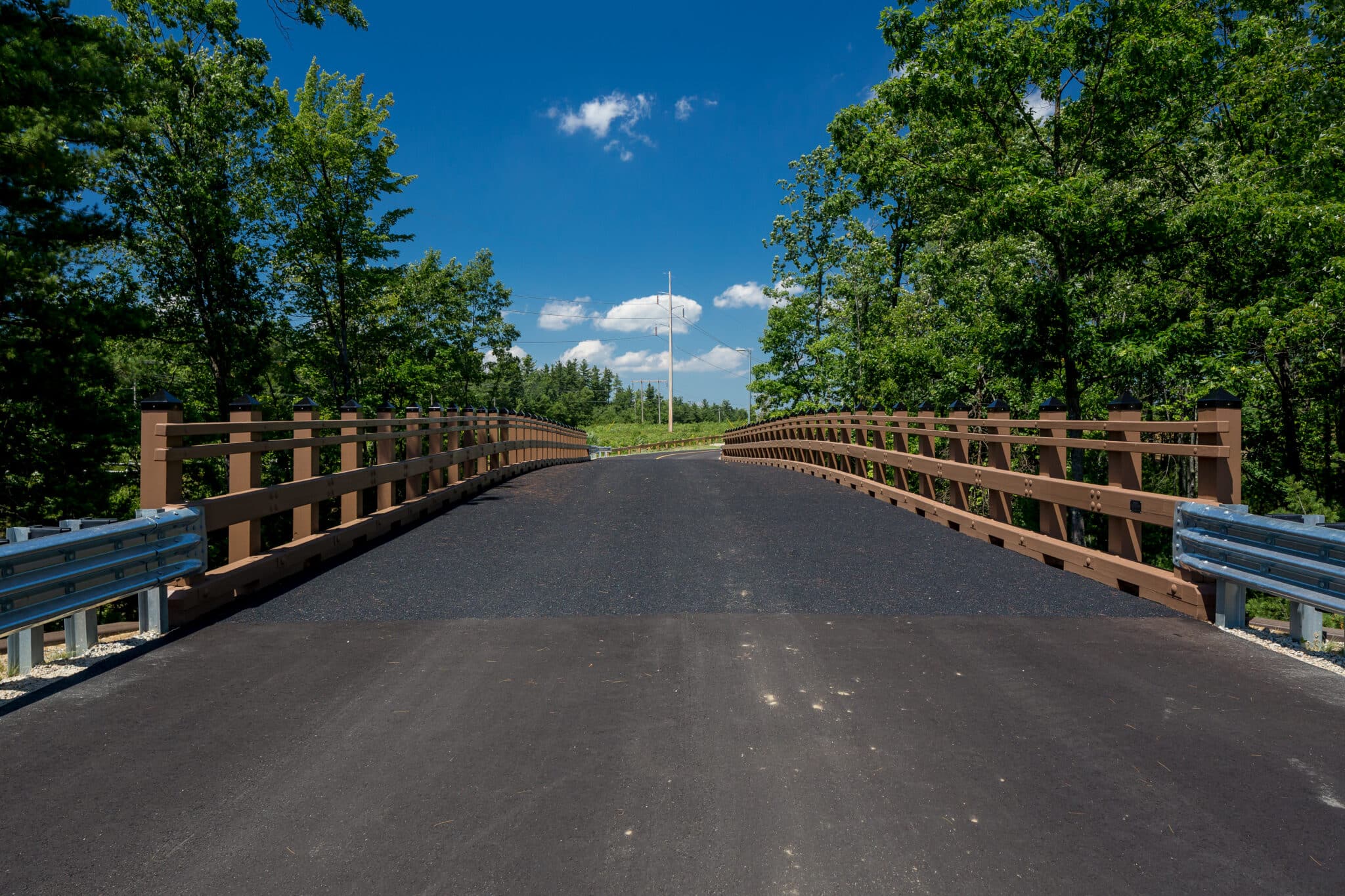
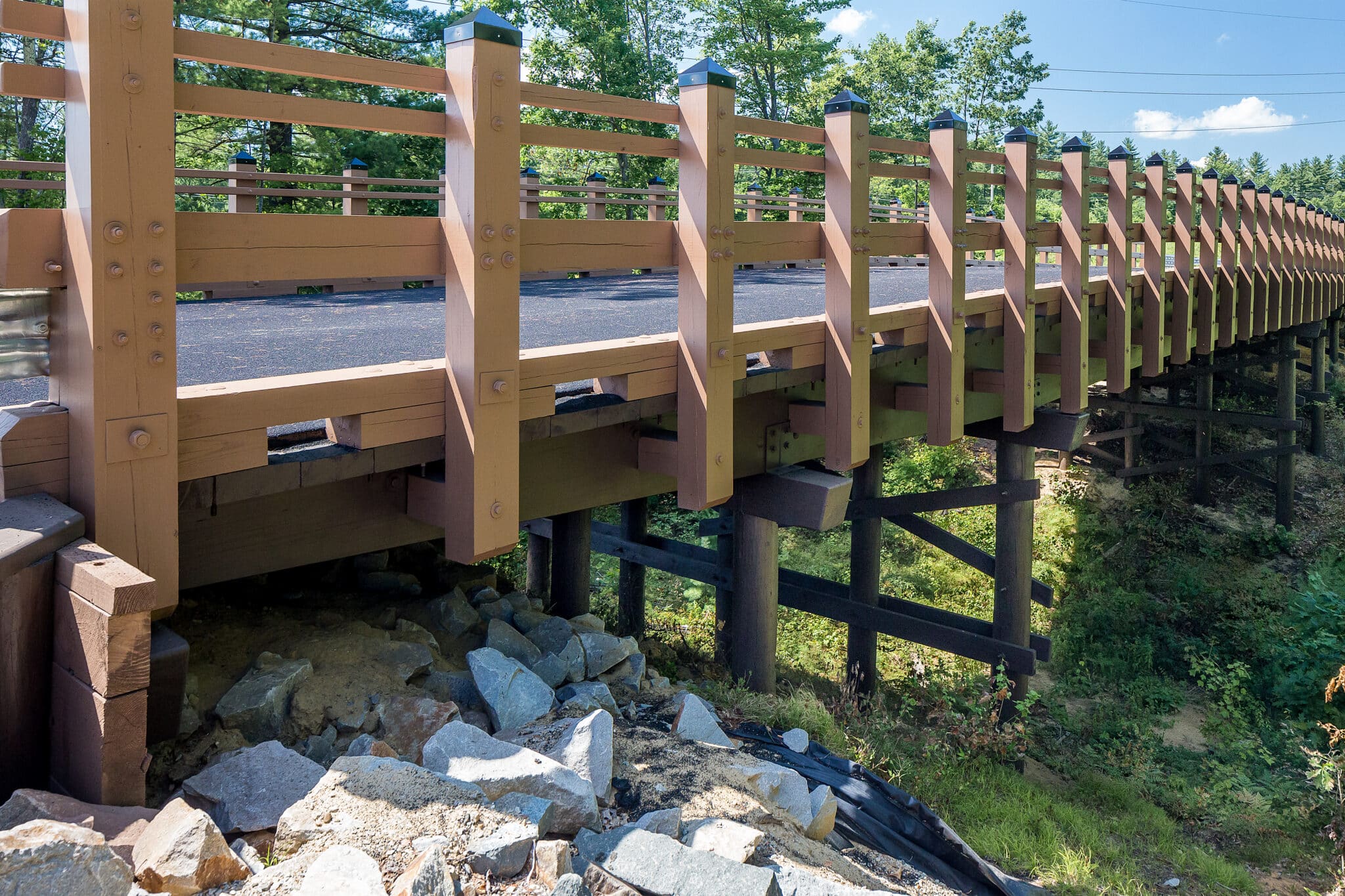
YBC’s expertise in timber vehicular bridge design allowed the RTI bridge to emerge as a structure that is as resilient as it is beautiful. Timber bridges bring warmth to their surroundings, blending organically with the environment, which is particularly important in a training facility where respect for the natural landscape is paramount. The choice of timber in such a functional, demanding setting speaks volumes about the durability of YBC’s design and the foresight that went into every detail, ensuring the bridge would stand strong for generations.

A Commitment to Sustainability: FSC-Certified Timber
Sustainability is at the heart of York Bridge Concepts’ mission, and the RTI vehicular bridge is a proud example of this commitment. In today’s world, where the impact of construction on the environment is a crucial consideration, YBC strives to lead by example. For the RTI bridge, YBC sourced timber that was FSC-certified, meaning it met the stringent requirements of the Forest Stewardship Council® to ensure responsible forest management.
The FSC certification guarantees that the wood used in the bridge construction was harvested sustainably, with the environment, biodiversity, and local communities in mind. This is particularly important for a project on government grounds, as it represents a commitment to not only building a bridge but building it ethically. YBC’s emphasis on FSC-certified timber aligns with the values of the National Guard, where sustainability and long-term resilience are core priorities.
Using timber in bridge construction has unique advantages, especially when compared to materials like steel or concrete. Timber has a lower environmental footprint, producing fewer carbon emissions during production and contributing to a reduced overall impact on the environment. Additionally, timber can be recycled and repurposed more easily, offering a sustainable choice that aligns with the LEED-based goals of the RTI bridge project.
In a world that increasingly values sustainable choices, YBC’s dedication to eco-friendly materials and practices is more than just a benefit; it’s a responsibility. The RTI bridge stands as a testament to what can be achieved when design and sustainability intersect, paving the way for future infrastructure that honors both the environment and the people it serves.
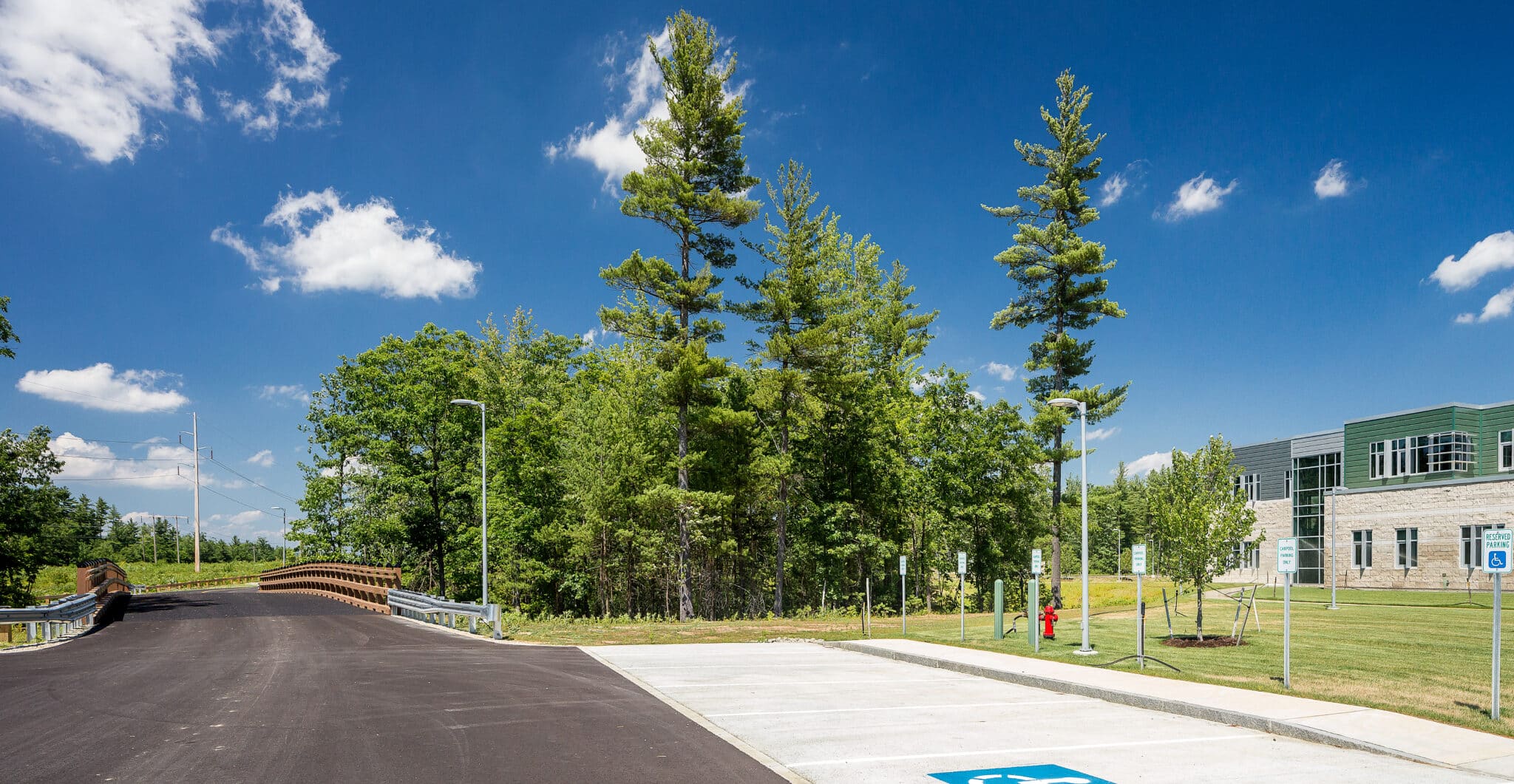
A Vehicle Bridge Legacy For Generations
John M. Couture, Project Manager"The quality of workmanship and skilled / professional employees are a testament to your success as a company. If any of our future projects require a timber bridge, I would not hesitate to recommend YBC as a capable and highly regarded company."
Eckman Construction
Ready To Talk About Your Project?
All Feature Projects
What's Best: A Culvert Or A Timber Bridge?
What Is The Best Span Type For My Project?
Which Load Capacity I Need?
How Do I Cross An Environmentally Sensitive Area?
How Do I Create A Landmark?
How Long Does A Timber Bridge Last?
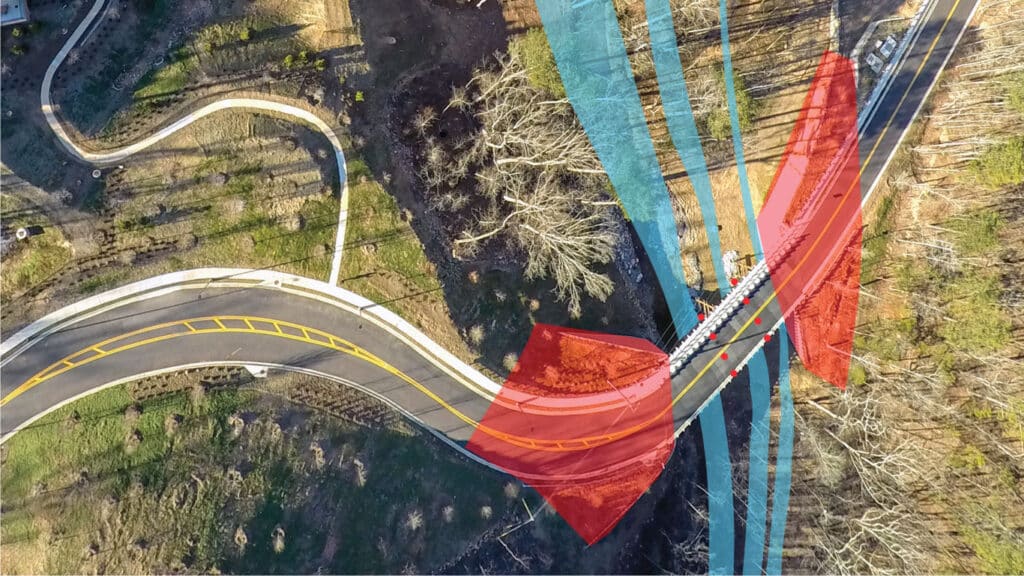
Culvert Or Bridge
If you're considering using a culvert for your crossing project. Click below to understand the best fit for your project.
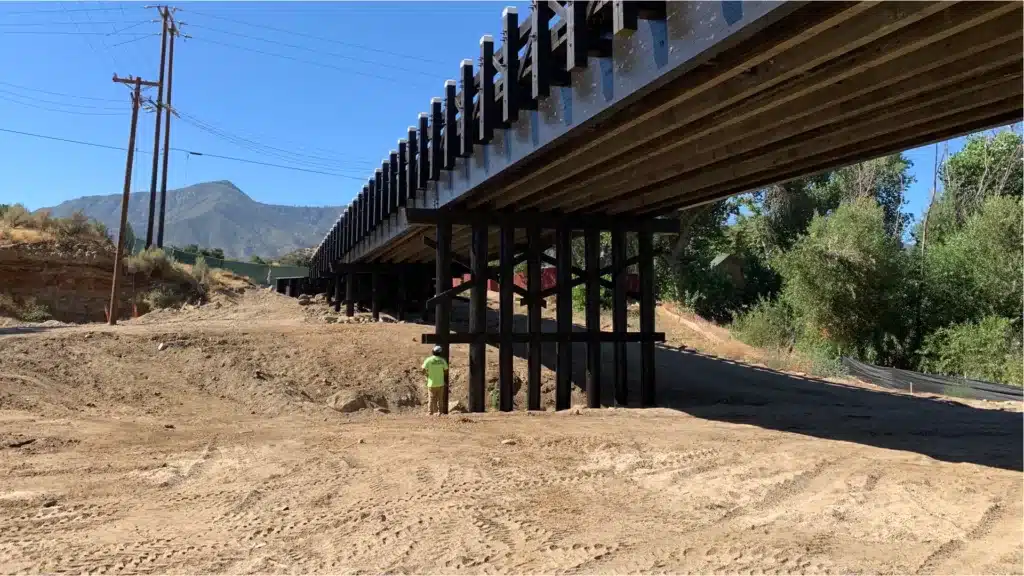
Spanning Solutions
Spanning a crossing is one of the most important aspects of your crossing project. Find the best solution for your crossing needs.
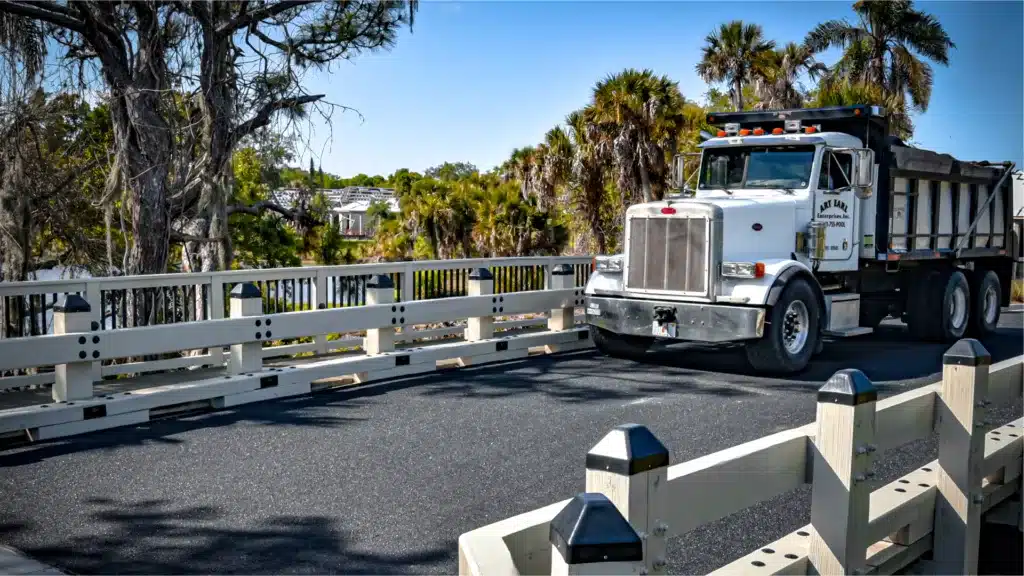
Uses & Capacities
The load capacity of a timber bridge may surprise you. See specs for different loads and uses that will help your decision-making process.
